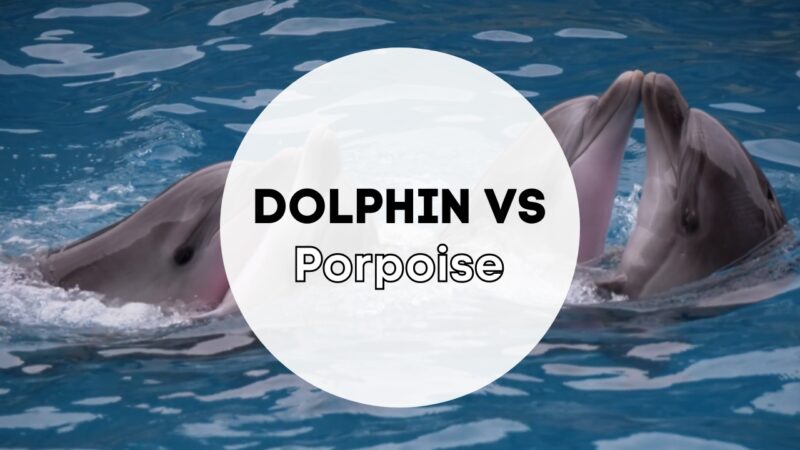The vast oceans and seas are home to an incredible array of marine life, and among the most fascinating creatures are dolphins and porpoises. These playful and intelligent mammals have long captivated our hearts and minds.
However, despite their similarities, they are distinct in many ways. In this educational blog post, we’ll embark on an exciting journey to explore the differences between dolphins and porpoises, accompanied by interactive tables and fascinating statistics. So, put on your snorkeling gear and let’s dive into the deep blue waters to unravel the mysteries of these charming marine beings!
Taxonomy and Classification
Before delving into the distinctions between dolphins and porpoises, let’s first understand their taxonomic classifications. Both dolphins and porpoises belong to the order Cetacea, which includes whales as well. However, they belong to different families:
- Dolphins are members of the family Delphinidae.
- Porpoises are part of the family Phocoenidae.
Interestingly, the term “dolphin” is often used more broadly to describe both dolphins and porpoises casually, leading to some confusion. But worry not, as we’re here to clear that up!
Physical Characteristics
One of the primary differences between dolphins and porpoises lies in their physical attributes. Let’s compare their key characteristics in the following table:
| Feature | Dolphins | Porpoises |
|---|---|---|
| Size | Generally larger, ranging from 4 to 30 feet in length | Usually smaller, varying from 4 to 7 feet in length |
| Snout Shape | Elongated and distinct “beak” | Short and rounded snout |
| Teeth | Cone-shaped teeth | Spade-shaped teeth |
| Dorsal Fin | Curved and prominent | Triangular and less noticeable |
| Coloration | More colorful with diverse patterns | Usually uniformly gray |
Behavioral Differences
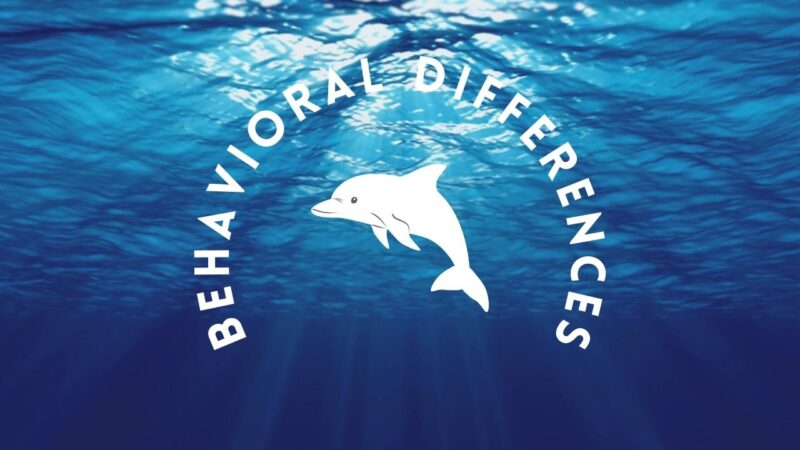
Now that we have looked at their physical disparities, let’s explore the differences in their behavior and communication:
Dolphins
- Social Butterflies: Dolphins are known for their highly social behavior. They live in complex social structures and form strong bonds within their pods.
- Acrobatic Displays: These playful mammals are famous for their acrobatic skills, often leaping out of the water and performing impressive flips and spins.
- Echolocation: Dolphins use echolocation to navigate and hunt. They emit clicks and interpret the echoes to locate objects and prey underwater.
Porpoises
- Shy and Reserved: Porpoises tend to be more solitary and less social than dolphins, often traveling in small groups.
- Gentle Swimmers: While they are agile swimmers, porpoises are not as acrobatic as dolphins and prefer to glide gracefully through the water.
- Echolocation Experts: Similar to dolphins, porpoises also use echolocation for navigation and hunting. Their clicks are typically quieter than those of dolphins.
Habitat and Range
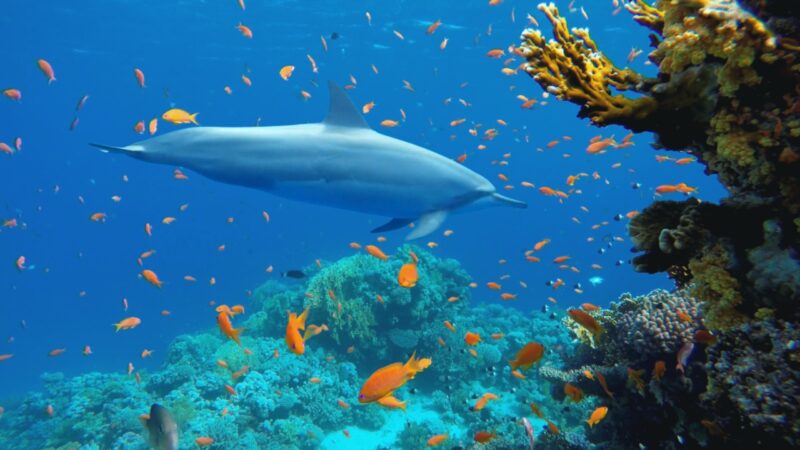
Both dolphins and porpoises are found in oceans and seas around the world. However, they have different habitat preferences and geographic ranges:
Dolphins
- Wide Distribution: Dolphins inhabit various oceanic regions, from tropical to temperate waters. Some species, like the bottlenose dolphin, are even found in coastal areas and estuaries.
- Migration Patterns: Certain dolphin species undertake remarkable seasonal migrations, covering extensive distances in search of food and suitable breeding grounds.
Porpoises
- Coastal Dwellers: Porpoises are more commonly found in coastal waters and shallower seas. They prefer colder waters in comparison to some dolphin species.
- Limited Migration: While porpoises may move to different areas based on food availability and temperature changes, they generally have more restricted migration patterns than dolphins.
Species Diversity and Conservation Status
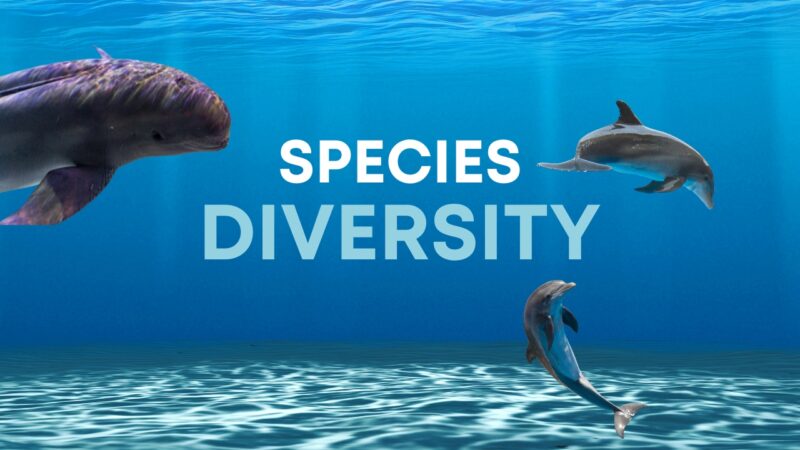
The Cetacean family encompasses numerous species of dolphins and porpoises, each with its unique characteristics and conservation status. Let’s take a look at some notable examples:
Dolphins
- Bottlenose Dolphin (Tursiops truncatus): One of the most recognizable species, the bottlenose dolphin is known for its playful behavior and high level of intelligence. They are found worldwide and have stable conservation status.
- Orca (Orcinus orca): Also known as killer whales, orcas are the largest members of the dolphin family. Despite their name, they are not true whales. Orcas are apex predators and are highly social animals. Some populations are endangered due to various threats, such as habitat loss and pollution.
Discover the awe-inspiring presence of the 11 largest whales of North America – unveiling the colossal titans of the seas.
Porpoises
- Harbor Porpoise (Phocoena phocoena): The harbor porpoise is one of the most common porpoise species. They are found in coastal areas of the North Atlantic and North Pacific Oceans. While their populations are generally stable, some local populations face threats from fishing gear entanglement.
- Vaquita (Phocoena sinus): The vaquita is one of the smallest cetaceans and is critically endangered. With an estimated population of fewer than 10 individuals, it is the most endangered marine mammal in the world. The main threat to the vaquita is accidental entanglement in fishing gear.
Myths and Legends
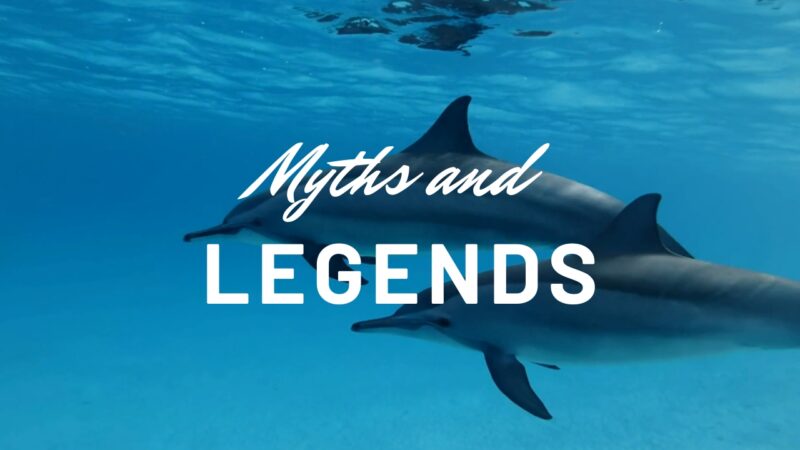
Throughout the annals of human history, the enigmatic presence of dolphins and porpoises has inspired a multitude of myths, legends, and cultural significance across diverse civilizations. Let’s embark on a captivating journey to explore the fascinating tales that have woven an intricate tapestry of mystical connections between these marine mammals and humanity.
Ancient Greek Mythology
In the realm of ancient Greek mythology, dolphins occupied a revered place and were often associated with gods and benevolent saviors. The most famous legend involves the deity Dionysus, the god of wine, fertility, and revelry.
According to the myth, Dionysus was a young prince abducted by sailors who sought to exploit his divine powers. Miraculously, a band of dolphins appeared and rescued the god, carrying him to safety across the tumultuous seas. In gratitude, Dionysus transformed the sailors into dolphins, forever granting them a celestial place in the cosmos.
Additionally, dolphins were linked to Apollo, the god of music, prophecy, and healing. Delphinus, the constellation of the dolphin, was named after the story of Apollo sending a dolphin to retrieve a beloved priestess named Delphyne, who later became the oracle of Delphi.
The profound reverence for dolphins in Greek culture extended beyond mythology. Dolphins were also seen as symbols of friendship, harmony, and protection. In historical art and architecture, they were often depicted adorning sacred temples, statues, and pottery, symbolizing the harmonious coexistence of humans and the divine natural world.
Native American Stories
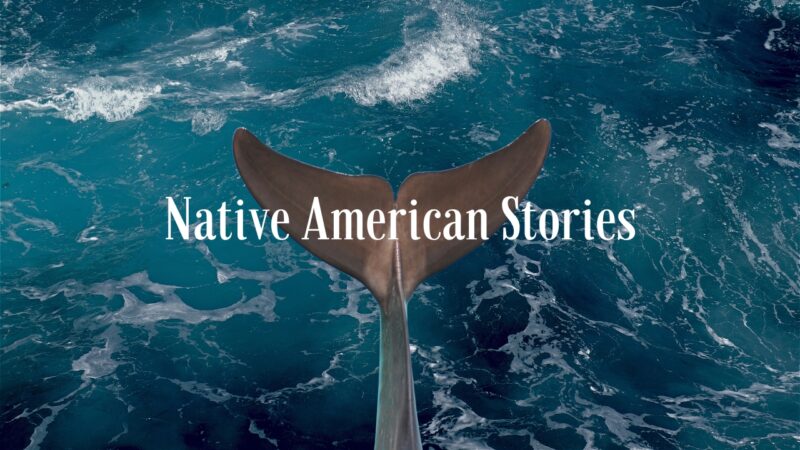
Among the indigenous peoples of the Americas, porpoises held a special place in their folklore and traditions. Native American tribes, especially those living along coastal regions, regarded porpoises as guides and protectors of fishermen and seafarers.
The Tlingit tribe of the Pacific Northwest, for instance, had a profound spiritual connection with porpoises. They believed that porpoises were transformed ancestors who watched over their people, guiding them safely through treacherous waters and providing abundant catches of fish.
In various tribal myths, porpoises were also viewed as shape-shifting creatures, capable of taking human form and imparting wisdom to those who respected the natural world. The Makah tribe, who inhabited the northwestern coast of Washington state, held ceremonies to honor the spirits of marine mammals, including porpoises, to ensure a bountiful harvest from the sea and a harmonious relationship with these sentient beings.
Beyond Ancient Civilizations
The veneration of dolphins and porpoises transcended geographical boundaries and cultural barriers. In Hindu mythology, the river Ganges was believed to be personified as the goddess Ganga, who rode upon a celestial dolphin named Makara.
The Makara, a creature combining features of a dolphin and a crocodile, symbolized the gentle and fierce aspects of water, representing the duality of life and death.
The Maori people of New Zealand held a deep spiritual connection with dolphins, known locally as “taniwha.” The taniwha were revered as guardians of the sea, protecting tribespeople during their maritime endeavors and guiding them safely through treacherous waters.
Modern-Day Perspectives
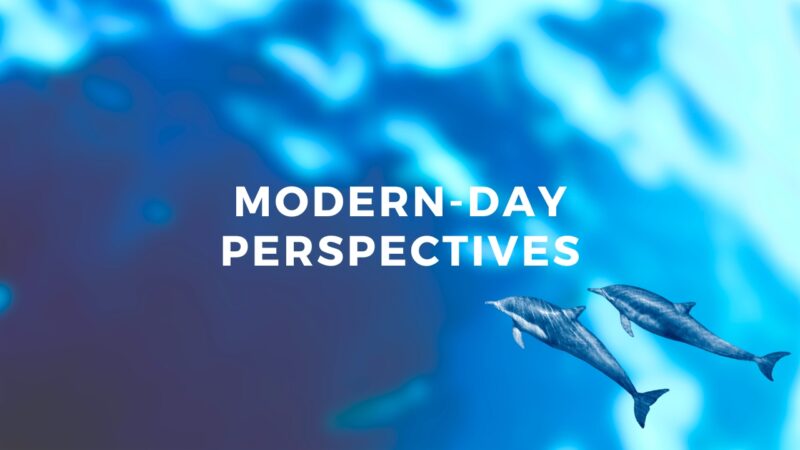
The timeless allure of dolphins and porpoises has endured through the ages, captivating the modern imagination as well. These creatures continue to inspire literature, art, and even environmental activism.
Contemporary cultures celebrate dolphins as symbols of intelligence, playfulness, and ecological balance, and their charismatic presence remains a powerful catalyst for conservation efforts to protect marine ecosystems.
From novels and films to conservation organizations, the cultural significance of dolphins and porpoises resonates in the hearts of people worldwide. Their portrayal as ambassadors of the seas has motivated individuals and communities to take collective action in preserving marine habitats and ensuring the survival of these remarkable marine mammals.
Conclusion
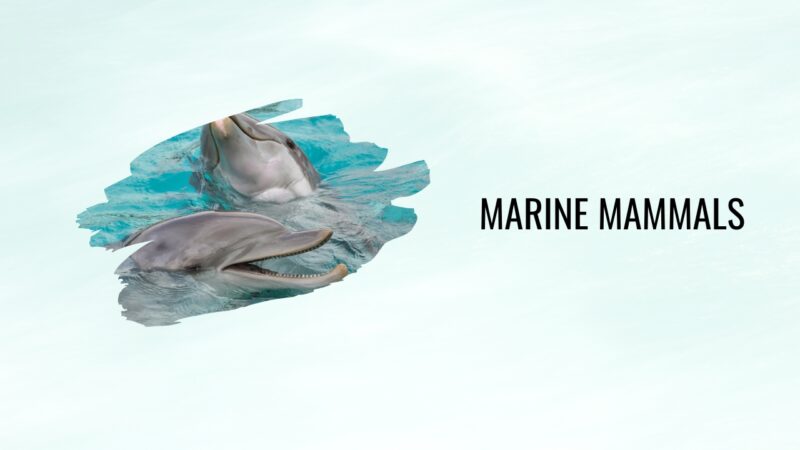
In conclusion, while dolphins and porpoises share similarities as marine mammals, they are distinct creatures with different physical features, behaviors, habitats, and conservation statuses. This educational journey into their world has hopefully shed light on the exciting and diverse lives of these enchanting creatures.
Next time you spot a sleek, playful marine mammal leaping out of the water, you’ll know whether you’re observing a dolphin or a porpoise. Remember to appreciate and cherish these magnificent animals and their contribution to the delicate balance of marine ecosystems. Let’s work together to protect and conserve the oceans, ensuring a brighter future for all marine life!
So, the next time someone asks you, “Dolphin vs. Porpoise: What is the difference?” you’ll be more than ready to provide an engaging and informative answer! Happy exploring and learning about the wonders of the marine world!


